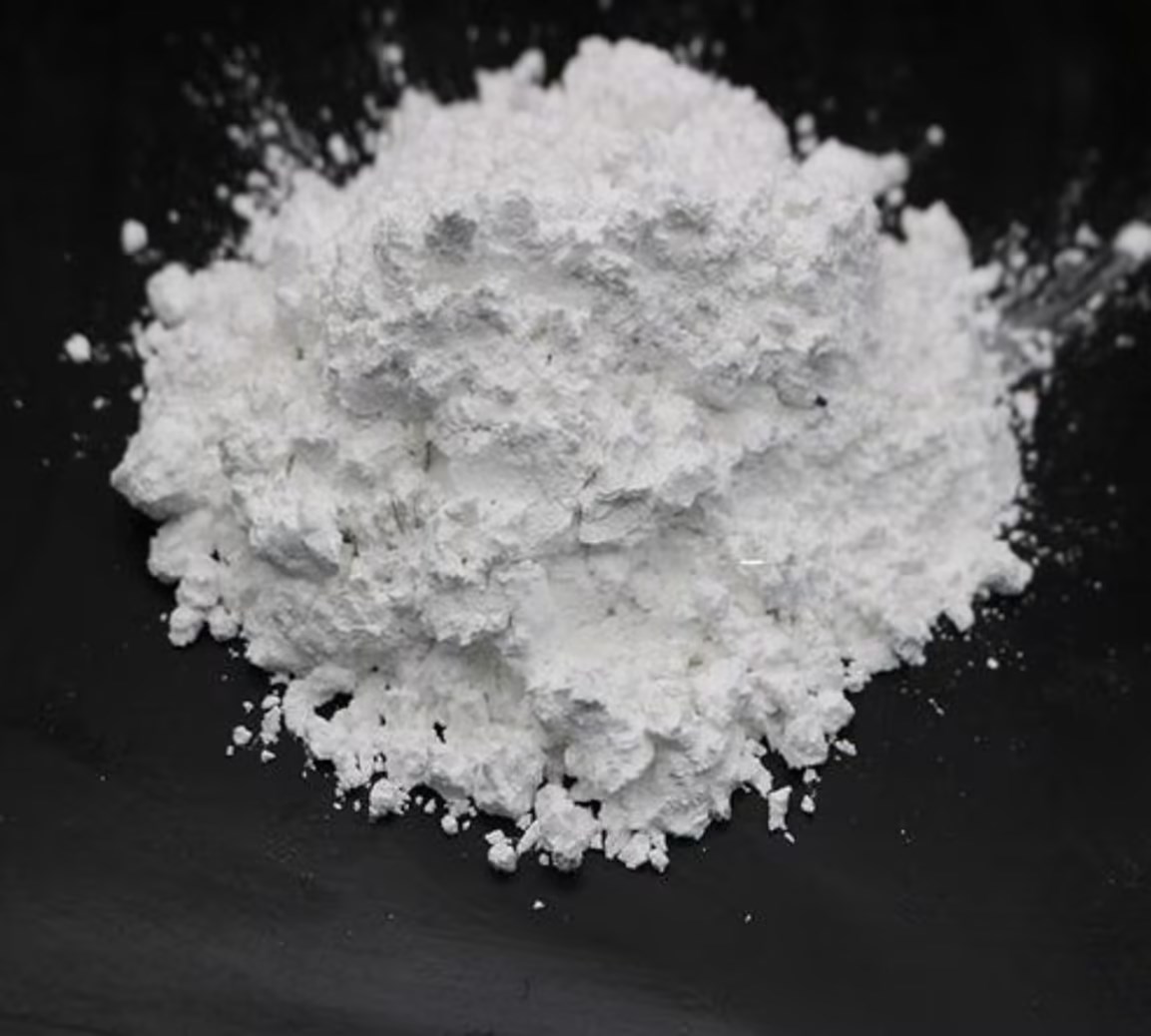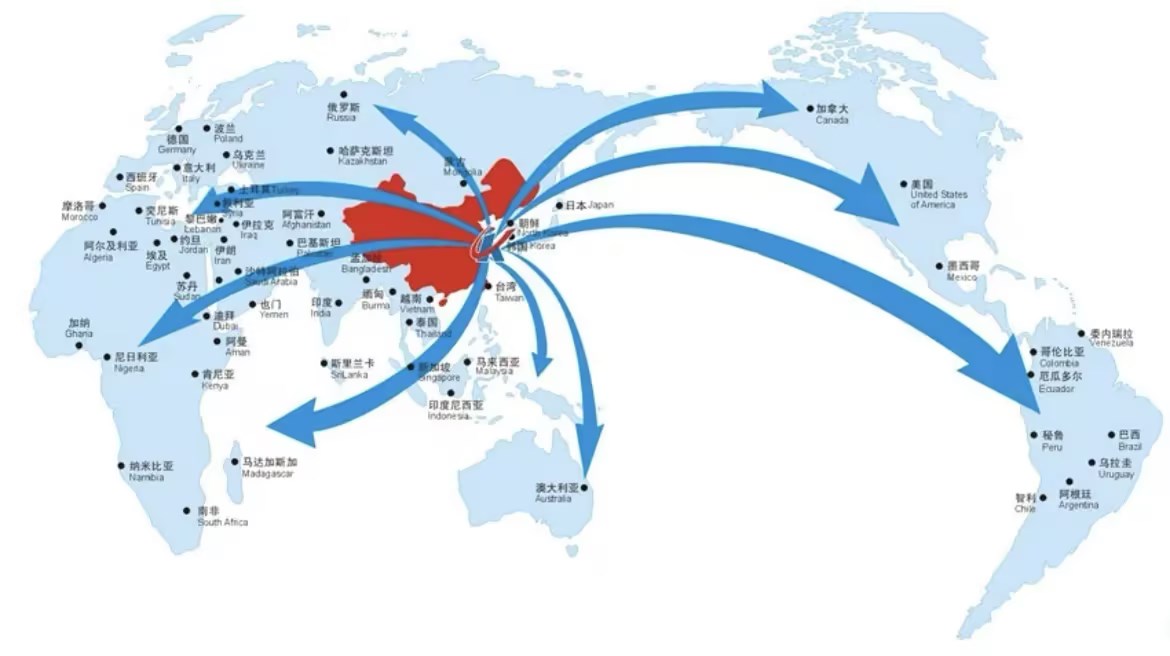As a high-tech ultrafine inorganic new material, gas-phase white carbon black has a wide range of applications in multiple high-end fields due to its high purity, excellent performance, and unique nano effects. However, despite its excellent performance, the application of gas-phase white carbon black may not be the optimal choice or have limitations in certain high-end fields.
https://www.iotasilica.com/product-fumed-silica-iota-hl4200.html

The following is an analysis of the poor application of gas-phase white carbon black in high-end fields:
Cost sensitive areas:
The production cost of gas-phase white carbon black is high, with high equipment requirements and complex technology, resulting in relatively high product prices. Therefore, in cost sensitive fields such as certain mass-produced industrial products or fiercely competitive consumer goods markets, gas-phase white carbon black may not be given priority due to its high cost.
Fields with high tolerance for impurities:
The purity of gas-phase white carbon black products is very high, usually reaching over 99.8%. However, in certain fields, such as specific building materials or coatings, there may be a high tolerance for impurities and such high-purity products may not be necessary. In these cases, choosing lower cost and slightly lower purity alternatives may be more economically reasonable.
Fields with specific requirements for particle size:
The particle size of gas-phase white carbon black is relatively small, usually at the nanometer level (1040nm), with a huge specific surface area (100400m ²/g). However, in certain fields, such as filling materials that require larger particle sizes or composite materials that require specific particle size distributions, the particle size of gas-phase white carbon black may not meet the requirements.
Fields with low requirements for dispersion:
The controllable structure and good dispersibility of gas-phase white carbon black provide advantages for its application in high-end fields. However, in certain fields, such as simple filling materials or applications that do not require high dispersion, this advantage may not be obvious, so the application of gas-phase white carbon black may not be the optimal choice.
In summary, the application of gas-phase white carbon black may be poor in cost sensitive fields, fields with high tolerance for impurities, fields with specific requirements for particle size, and fields with low requirements for dispersibility. However, this does not mean that gas-phase white carbon black has no application value in these fields, but it is necessary to determine whether to use it based on specific application needs and cost-benefit analysis.


